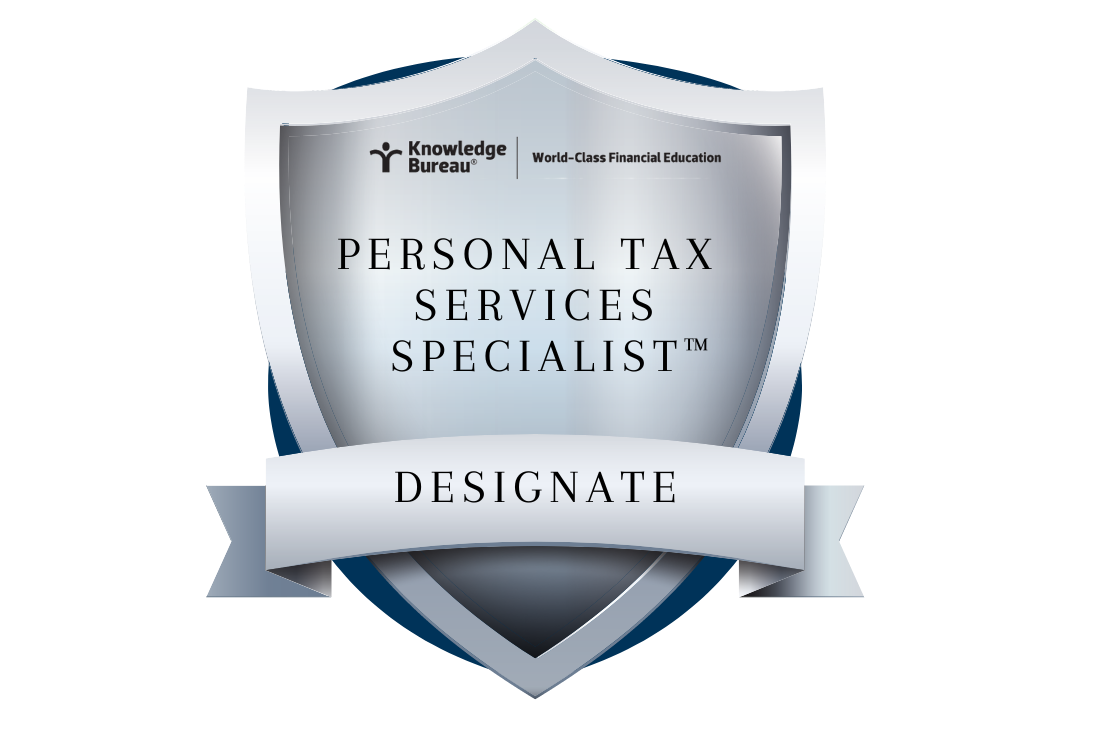Ready to Sell Your Small Business Corporation? Consider CNIL

CNIL (generally pronounced senile) is the acronym for Cumulative Net Investment Loss. Tracking CNIL started after December 31, 1987. Most people don’t know why CNIL is so important and why tax software tracks it so carefully on a year-to-year basis. But if you’re a small business owner counting on using your full Capital Gains Deduction, here’s what you need to know:
As simple description of CNIL is that it is a way to track the total amount of investment expenses that exceeds the total amount of investment income since 1987, if any. Ultimately, this calculation will be used to reduce the capital gains deduction a business owner may be eligible for. This will be covered in more depth below.
What are the income and expenses that combine to create CNIL? So, let’s look at the two components, investment income and qualifying investment expenses, that combine to create the accumulative CNIL balance. Knowledge Bureau’s EverGreen Explanatory Notes is a great place to research issues and answers regarding technical tax facts throughout tax season, and in this case, to find the investment expenses and income are as follows:
The investment expenses that qualify for CNIL reporting include:
- Carrying charges claimed on line 22100
- Net rental losses claimed on line 12600
- Limited partnership losses claimed on line 12200
- 50% of any exploration and development expense claimed on line 224 00
- foreign taxes deducted under S. 20(11) or S. 20(12)
- Capital cost allowance (CCA) claimed on certified films and video tapes
- Net capital losses of other years deducted on line 25300
Investment income that qualifies for CNIL reporting includes:
- Dividends as reported on line 12000
- Interest income reported on line 12100
- Net rental income reported on line 12600
- Amounts withdrawn from NISA Fund No. 2
- 50% of the recovery of exploration and development expenses
- taxable capital gains reported on line 12700 for which the capital gain deduction was not taken
How is CNIL tracked and on what form? Form T936 is where you will find CNIL calculations and you should complete this form every year to be certain to have a current tally. Do review this form and become familiar with the contributing factors. 
TIP: Since this is a cumulative balance, it is important to track CNIL every year - even for those years you do not hold any qualified eligible property.
Why is it important to track CNIL? Qualified eligible property includes qualified small business corporation (SBC) shares, qualified farm property and qualified fishing property (for dispositions after May 1, 2006). Your CNIL balance can allow or prevent you from benefitting from the capital gains exemption. Specifically, if your cumulative investment expenses exceed your cumulative investment income your allowable capital gains deduction limit will be reduced.
The lifetime capital gains exemption (LCGE) is $913,630 and has risen to $971,190 in 2023 for Small Business Corporation (SBC) shares and $1,000,000 for farm and fishing property. The taxable capital gain is 50% of these amounts so this is definitely not a small tax benefit for those who qualify!
|
When the disposition has occurred, the capital gain is calculated and reported in Part 1 on schedule 3 as per usual. The calculation of the deduction is on Form T657. The balance is transferred to line 25400 of the T1 return. This amount can be claimed against taxable capital gains resulting from the disposition of eligible capital property.
But forgetting to tell a client about CNIL and form T936 can bring an unpleasant result, especially if you can’t explain why the expected capital gains deduction is smaller than expected. Accuracy in calculations both before and after a disposition can make a huge difference in properly advising your clients about the after-tax effect of the business and investment activities.
Example: Affects of a CNIL balance on the LCGE.
The capital gains deduction is reduced by an individual taxpayer’s CNIL as mentioned previously. Let’s compare a full claim for LCGE versus if a taxpayer had a CNIL balance of $100,000. Taxpayer resides in Alberta.
If a taxpayer had no CNIL Balance, this would allow for the full LCGE maximum limit of $971,190 for 2022. This would be reported on the 2022 T1 return as:
- Line 12700 $485,595.00 Taxable capital gains
- Line 25400 $456,815.00 Capital gains deduction
- Line 43500 $54,250.04 Total of all tax owing (federal, provincial and minimum tax)
If this taxpayer had a cumulative balance of $300,000 investment expenses and $200,000 investment income since 1987, this would result in a CNIL balance of $100,000. Let’s add this into the above scenario. Tax reporting would be:
- Line 12700 $485,595.00 Taxable capital gains (no change)
- Line 25400 $385,595.00 Capital gains deduction (reduced)
- Line 43500 $71,096.33 Total of all tax owing (federal, provincial and minimum tax)
Analysis: a $100,000 CNIL balance increased tax owing by $16,846.29.
Bottom Line: As you proceed into this new year, review your own tax situation and/or for your clients. Be certain to keep an accurate tally of investment expenses and investment income. We know that a CNIL balance is how much more your investment expenses exceed your investment income. We also know that this balance can positively or negatively affect you or your client’s ability to benefit from the lifetime capital gains exemption. This information can be of benefit as you strive to make wise investment decisions so there are no negative surprises upon dispositions of any qualified capital property. Look at the list of investment income that affects CNIL for tax planning possibilities. It may be as simple as paying out dividends to the shareholder to offset an existing CNIL balance. Happy planning!
Diane Elliott, founder of Millennium Tax Services (1998) Cambridge, ON, DFA – Tax Services Specialist, RWM, long time instructor and author, Knowledge Bureau.
|
|
©Knowledge Bureau, Inc. All rights Reserved
|